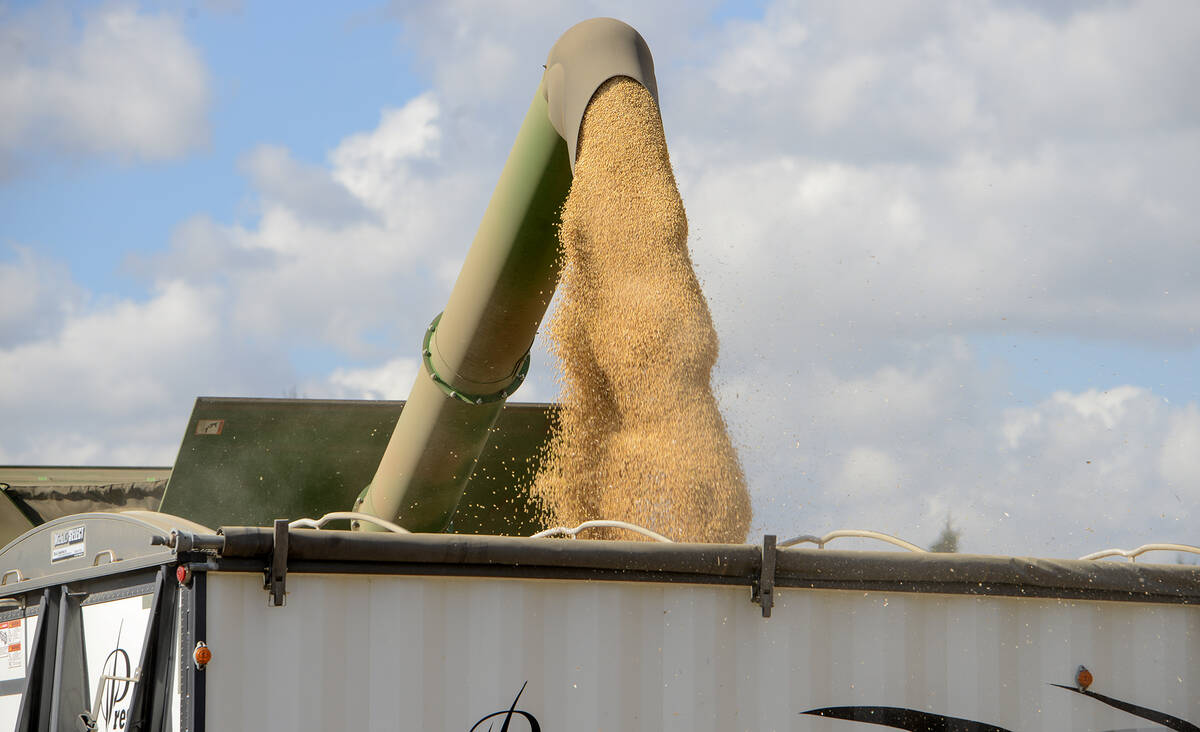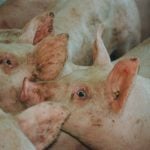Optimism is the lifeblood of farming, always looking to the coming year with thoughts that it will be better than the one before.
For canola and other crops, pretty much anything was going to be a vast improvement over the drought-stricken harvest of last year, and such was the case.
Despite harvest 2022 being modestly average, it was a victory. The 2021 drought that shook Western Canada gave way to a wetter than normal spring across the eastern half of the region. The western half was all right for the most part, though dry southern Alberta was the exception.
Read Also

Grain markets hungry for U.S. data
The U.S. government shutdown meant that futures markets were left without robust grain supply information
As farmers in Manitoba and eastern Saskatchewan slogged through the mud, seeding was delayed. Nonetheless, yields were better than in 2021 regardless of frosts later in the season. To the west, dry conditions allowed speedy planting and threats to germination were washed away with ample rains in June.
By the time summer holidays hit, things were looking pretty good on the Prairies. A sense of optimism rose above the quagmire of the COVID-19 pandemic, rising inflation, high fuel and input costs, and varying measures of chaos domestically and abroad.
Although dry conditions struck again across most of the Prairies by late summer and early fall, Statistics Canada pegged the canola harvest around 19.1 million tonnes based on its summertime modelling and satellite imagery. That was cut to about 18.2 million tonnes with the survey-based report in early December.
During the course of this year, revisions to the 2021-22 canola crop outlook saw production bump from 12.6 million tonnes to 13.8 million – better than anticipated but still not something to brag about.
Canola crop estimates from the United States Department of Agriculture of 19 million tonnes were significantly higher than StatCan’s December call. The USDA pointed out that over the last 11 years, StatCan’s estimates on canola from the previous year had been raised nine times over the course of the following year.
As unappealing as some traders and analysts find StatCan’s use of modeling and satellite imagery, perhaps the USDA has a point. After all, its latest call is close to StatCan’s estimate from the summer.
Although StatCan cut its canola production number in early December, Agriculture and Agri-Food Canada raised the carryover by 300,000 tonnes to now 800,000. This comes in part from reductions to exports and domestic usage.
Still, ending stocks are expected to be at a more comfortable level. That’s perhaps better than the price rationing that helped drive the oilseed to record prices as high as $1,131 per tonne for the January contract.
As we head into 2023, canola has remained rangebound – not enough support to drive above $900/tonne for a sustained time, but not enough pressure to keep it below $800/tonne for any significant time.
We have been told repeatedly of an impending recession and that the first quarter of 2023 will be tough. Perhaps. But one thing is almost certain: an optimistic outlook for a better crop.
















